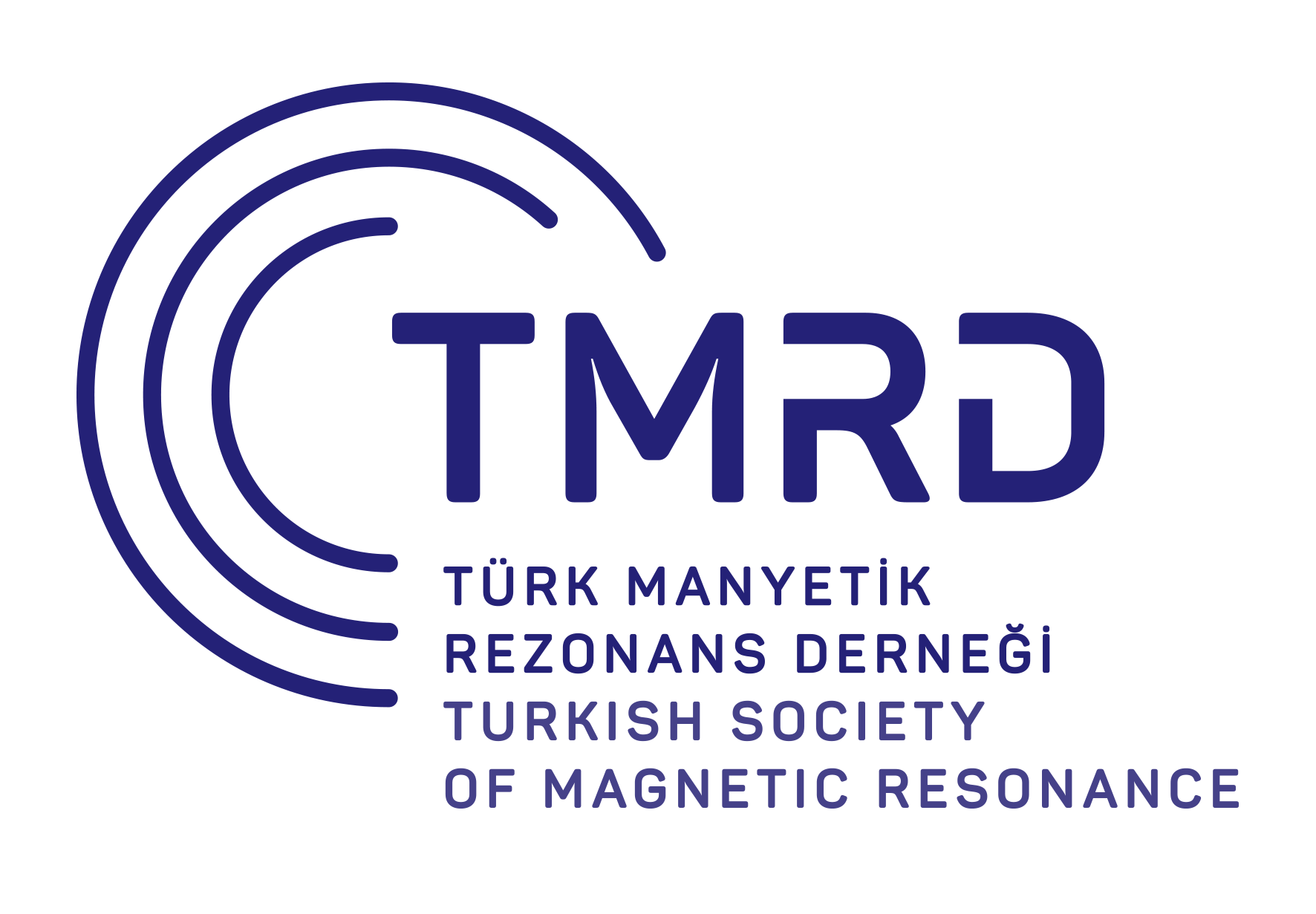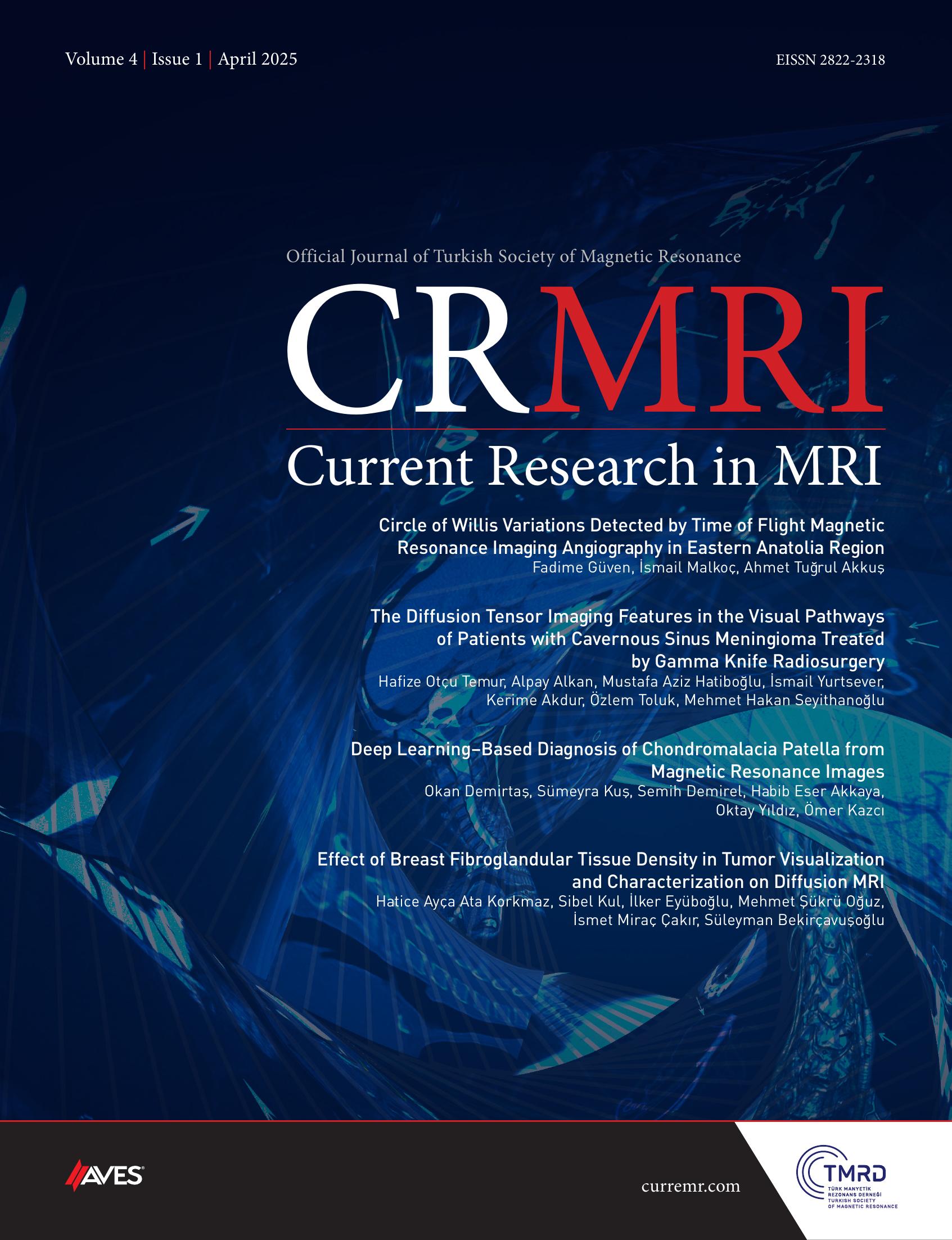Objective: Chondromalacia patella (CP) describes the softening of the patellar cartilage, and magnetic resonance imaging (MRI) is more useful in diagnosis than other imaging methods. The aim of study is to determine the frequency of other knee MRI findings and their relationship with chondromalacia stages in patients evaluated for reasons other than trauma and found to have patellar chondromalacia.
Methods: This retrospective study included patients who underwent knee MRI examination in the radiology departments of Cukurova University Faculty of Medicine and Health Sciences University Adana Faculty of Medicine for reasons other than trauma between January 2016 and January 2022. Magnetic resonance imaging was used to evaluate the presence and stage of CP, and the outerbridge system was used for staging. As additional findings, the presence of osteoarthritis, cruciate ligament, meniscus, collateral ligament, and patellar tendon pathologies were evaluated.
Results: A total of 278 patients, 168 women and 110 men, with an average age of 59.4 ± 9.8 years, were included in our study. Forty-six patients had stage 1, 64 had stage 2, 66 had stage 3, and 102 had stage 4 CP. A statistically significant correlation was found between increasing chondromalacia stage and the presence and stage of osteoarthritis (P < .001), the incidence of anterior cruciate ligament pathology (P < .001), the incidence of tears of the medial meniscus (anterior horn P < .002, posterior horn P < .039), and advanced age (P < .001).
Conclusion: It has been determined that there is a relationship between the stage of CP and some additional knee pathologies and advanced age.
Cite this article as: Kaya Ö, Dilek O, Özgül Özesen D, Bıçakçı YK. Evaluation of the presence of additional knee pathology on magnetic resonance imaging in patients with chondromalacia patella. Current Research in MRI, 2024;3(1):1-4.



.png)
